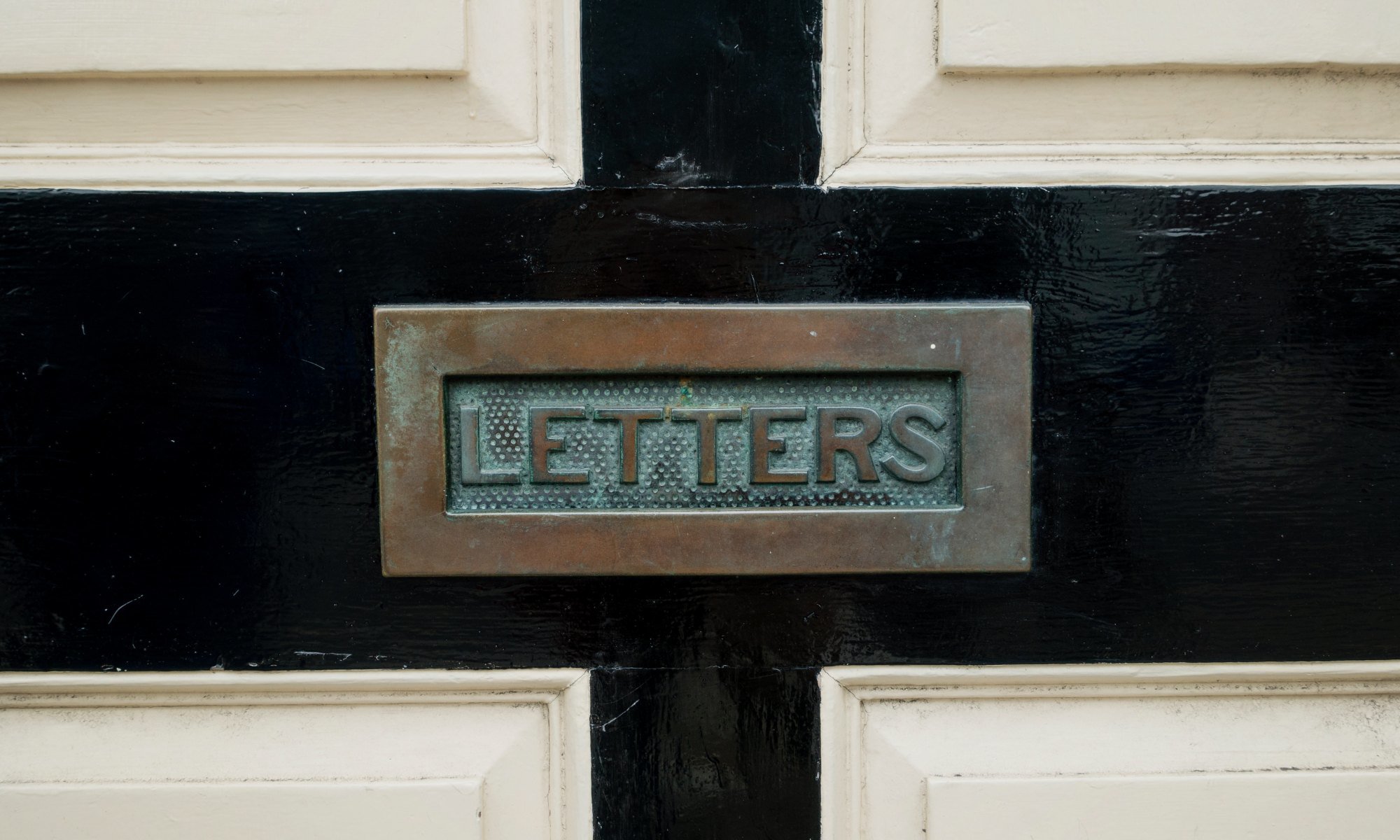
‘The customer is always right.’ Even though the famous phrase was originally coined by Selfridge’s founder, Harry Gordon Selfridge way back in 1909, it’s arguably never carried as much weight as it does right now.
>Share this post<
by Michelle McSweeney
November 09, 2018
‘The customer is always right.’ Even though the famous phrase was originally coined by Selfridge’s founder, Harry Gordon Selfridge way back in 1909, it’s arguably never carried as much weight as it does right now. Because in today’s eCommerce landscape, where user experience is everything and the lines between online and offline are becoming more and more blurred, it’s imperative that retailers live by the mantra of ‘the customer is always right’. Especially, when they’re wrong!
That’s most certainly the case when it comes to delivery, anyway.
Delivery failure continues to be a major issue for brands, with over 44.625 million failed first-time deliveries in the UK to date this year alone. And we all know what happens when orders don’t arrive on time, don’t we? Your customer experience is shot, your brand reputation takes a hit, oh – and who typically ends up absorbing the cost of having to resend packages to customers? The retailers themselves. Disaster, right?
But why does delivery failure happens in the first place? On the surface, it seems like a bit of a head-scratcher – a customer comes to your site, they buy something, and you deliver it. Bish, bash, bosh.
If only it were that simple.
So let’s press the pause button for a second. How exactly are retailers expected to prevent customers from providing incorrect addresses during the checkout process? Well, as it happens, there are a number of simple actions that brands can take to minimise the risk.
That’s most certainly the case when it comes to delivery, anyway.
Delivery failure continues to be a major issue for brands, with over 44.625 million failed first-time deliveries in the UK to date this year alone. And we all know what happens when orders don’t arrive on time, don’t we? Your customer experience is shot, your brand reputation takes a hit, oh – and who typically ends up absorbing the cost of having to resend packages to customers? The retailers themselves. Disaster, right?
But why does delivery failure happens in the first place? On the surface, it seems like a bit of a head-scratcher – a customer comes to your site, they buy something, and you deliver it. Bish, bash, bosh.
If only it were that simple.
Why Delivery Failure Happens
The possible reasons for delivery failure are a-plenty – it could be down to logistical problems in your courier network. Technical glitches on your online store. Bad weather could even be to blame (dare we mention ‘The Beast from the East’ again?!) But the number one reason for delivery failure is actually as simple as can be – it’s very often down to addresses being incorrectly entered by users during the checkout process.So let’s press the pause button for a second. How exactly are retailers expected to prevent customers from providing incorrect addresses during the checkout process? Well, as it happens, there are a number of simple actions that brands can take to minimise the risk.
1. Communication is key…
…in life, and in deliveries! One of the most effective ways for retailers to counteract delivery failure is to keep customers in the loop as much as possible. Between managing delivery addresses and coordinating delivery times, there’s plenty of room for error. So you want to give your customers every opportunity to rectify any potential issues around the delivery of their order before they actually happen. That means highlighting the delivery address of orders, as well estimated arrival dates (and times, wherever possible) in every notification you send – including order confirmation emails, dispatch emails, as well as delivery notification text messages. While you’re at it, you should also clearly list your customer service contact details and operating hours to give customers the opportunity to flag any errors. If you have the bandwidth to offer customers the option of changing their delivery time slot or updating their address through their user account, be sure to always include this in your notifications.Obviously, it may not always be possible to make changes depending on the status of the order at the time the change is requested. However, by highlighting delivery addresses and dates/times in every piece of communication, you’re holding up your end of the bargain, while giving customers all of the necessary tools they need to either prevent a failed delivery or organise a resend.
2. Know how many options are too many options
There’s no doubt about it – the online checkout process should be as frictionless as possible. A big part of removing ‘friction’ is by enabling customers to store multiple delivery addresses in their accounts. That way, it’s just a case of choosing an existing address, rather than having to manually type it every time they want to make a purchase. However, by doing this, you’re inadvertently making it easier for customers to choose the wrong address! So to counteract this, you should take the following actions:Review how your system selects default addresses in users’ accounts – it is based on the address that was used most recently? Is it an address that the user has to manually choose during the registration process? In fact, it may be worth considering whether you should have a default option at all. Now, that might mean one more click for the user, but at least it means that they have to consciously consider the address they want their items delivered to every time they place an order.
Otherwise, it’s all too easy to go through the motions and end up having a package delivered to a workplace that they left 5 years ago!
Set a notification to pop-up on user accounts every couple of months, prompting them to keep their address details up to date, and/or asking if their default address is still valid. From there, customers can do whatever delivery address housekeeping is necessary.
3. Use technology to your advantage
It goes without saying that prevention is most certainly better than cure where delivery failure is concerned. The cost implications alone (an average cost of £12.89 per failed delivery) are enough to wreak havoc on an online retailer’s bottom line. Marry that with all of the time and resources that have to be pumped into rectifying delivery issues, and you’ve got a BIG problem on your hands.Wouldn’t it be great if there was a way that could not only prevent users from entering incorrect addresses at checkout but also improve UX by reducing address entry time on web forms? Luckily, that’s where good ol’ technology gets to take a seat at the table. Loqate, the world’s most trusted data specialist in location intelligence, has done just that.
What makes Loqate particularly unique is that if you sell your products globally, it’s beyond challenging to have an address format at checkout that will work for all of your customers. So, unless you’re going to manually adjust the address format to suit every individual country you sell to, you’re more than likely always going to find orders coming through your online store that look like this:
MICHELLE GRANT
28 EDEN QUAY
EDEN QUAY
DUBLIN 1
DUBLIN
CO DUBLIN
IRELAND
00000
Loqate’s address verification takes into account more than 245 continuously changing countries and territories, 10,000+ languages, 139 character scripts and more than 130 different address formats. As a result, the odds of a customer submitting an incorrect address are dramatically slashed.
We all know that customer expectations around delivery are at an all-time high. As IMRG’s MetaPack UK Delivery Index Report for July 2018 shows, 15.1% of orders are not meeting the shopper’s expectations in the past 12 months. Therefore, it’s never been more important for retailers and brands to actively take steps toward preventing delivery failure. Trust us, your customer experience will thank you for it!
In case you didn’t hear the news, we’re delighted to be partnering up with Loqate! Now Kooomo customers can easily integrate Loqate’s user-friendly verification tools to remove friction throughout the checkout process, providing a smoother customer journey that ultimately drives more conversions.
To find out more about how Loqate’s verification features and how they can amplify your checkout experience, contact us here and a member of the team will be in touch with all of the info you need!
To find out more about how Loqate’s verification features and how they can amplify your checkout experience, contact us here and a member of the team will be in touch with all of the info you need!
More to explore
Here’s an overview of the latest improvements that are now available in the Kooomo platform.
In the next few years, we are foreseeing an impressive increase for the global retail industry. While this can be beneficial for the global eCommerce industry, it also means that there will be more competition, as well.

 en
en 

